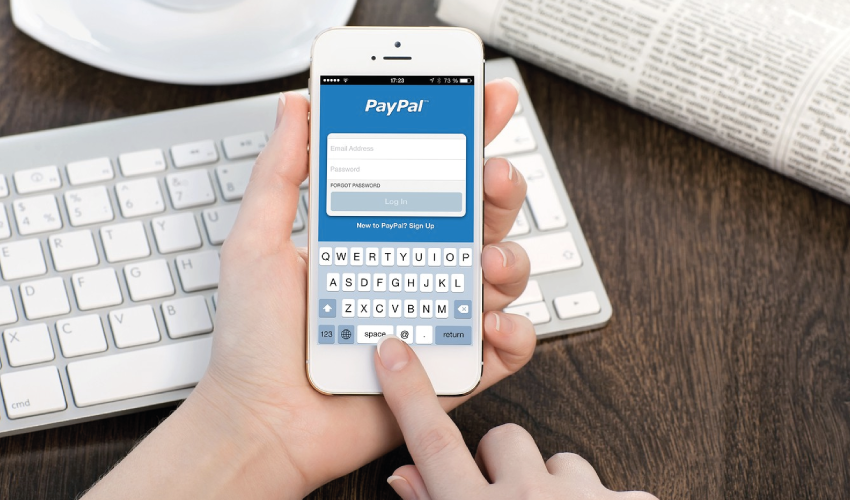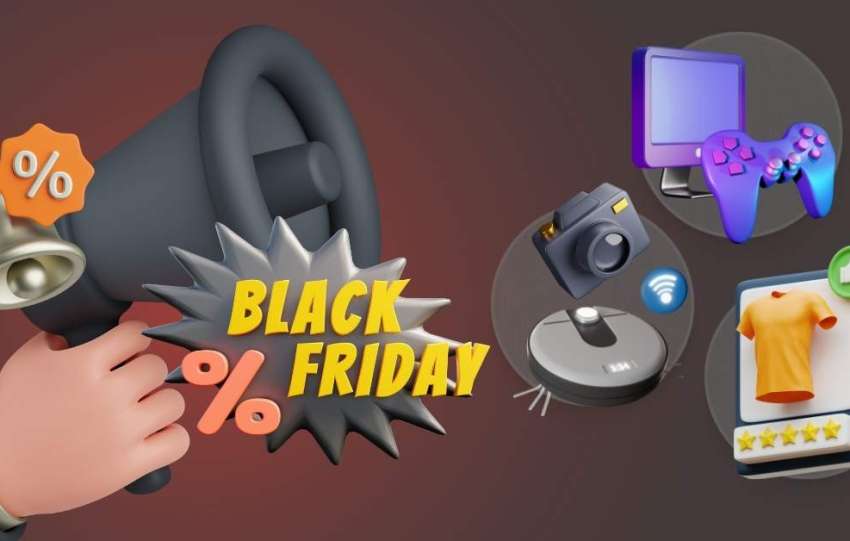Share This Article
PayPal or virtual POS? Find out which are the best payment methods for your online store and use those that best suit your current ecommerce activities.
When we set up an e-commerce account there is one very important step we must take: the form of payment we choose for our online store.
Although it is not often given the importance it deserves, choosing a payment method for an online store is not so simple, since it takes place at the end of the purchasing process where all of the data input, marketing and communication converge. If after all this work, the method of payment does not satisfy the client, all of the above will have been a waste of time. Choosing one method or another is vital for concluding a purchase and we often opt for a cheaper method or one which we consider to be more profitable, although it isn’t necessarily the most appropriate for the job.
We are now going to analyse some of the most common forms of payment used in online commerce, so that each business owner can see which are likely to be useful and which aren’t.
Payment gateway or virtual POS (payment by card as in a physical store)
Let’s start with the most basic method: the payment gateway using card payment. This one is the most similar to paying with a card in a physical store, the client inputs their card number, expiration date and CVV in order to pay for the product.
There are certain clients who may be reluctant to pay with this method, especially those who are less accustomed to buying online or who have been victims of online fraud. Not everyone feels safe giving out their card number over the Internet, especially if it is a first purchase. The ideal way to avoid such hesitance in buying is to offer an alternative means of payment (which will be covered in this post) and not to have virtual POS as the only means available. However, the use of a virtual POS as a form of payment for your online store is one of the safest options for both buyer and seller.
Ideally you should have badges (seals that demonstrate reliability) visible in your online store, certifying that this is a safe site, in order to give greater confidence to customers. These badges make users feel more confident that there is a reliable company at work behind the website.
To avoid fraudulent purchases, the best thing to do is to activate a secure payment system in the virtual store that obliges customers to certify that they are making the purchase. Each bank has its own way of certifying the purchase with its customers, usually via SMS to the user’s mobile, but the important thing to know is that the purchase may not be completed without the use of this certification. As providers we can thereby avoid fraud involving stolen or cloned cards which may result in lost money or disputes with banks.
Comparing prices between banks and finding out which offer greater security at a better price is advisable. Trying to save money on virtual payment gateways that do not offer good security is not always the best option, although there are some more economical options that do provide it.
PayPal as a form of payment for your online store
PayPal works as an intermediary between buyer and seller. The customer gives their bank details to PayPal, who manages the payment, but never gives this data to the company that made the sale. It offers security to both parties, is available in many countries, in addition to acting as an intermediary in cases of conflict. For these reasons you should offer PayPal as a method of payment.
To pay through PayPal one only needs to have a card and does not need to create an account. The biggest drawback is the high commissions charged for the service, therefore having PayPal as the only available method is not recommended. It is a necessary form of payment for your online store, but it isn’t the only one.
Transfer, a safe but very slow method
Although increasingly obsolete, payment by transfer is a method that is still used by some online stores, especially for large orders, for international purchases or by users who are a little behind the times.
The big drawback with bank transfers is that they slow down the shipping process considerably, since one has to wait for the transfer to arrive, collect it and then send the order. It is also true that this payment method is relatively inexpensive, usually charged as a set fee by most online stores, making it another good alternative you can offer. It is however not advisable to offer it as the only means of payment, as with the aforementioned examples.
Payment by cheque, depending on your market
Payment by cheques are similar to bank transfers: there are some habitual buyers who use this method (a very small minority), but their usage involves delays with the whole process.
However, it should be taken into account that in certain countries, such as France, the use of cheques is still a very widespread payment method in physical stores, so may be included if we want to add value for customers in those places, or if we are working with very large quantities of goods. However, if this is not the case, cheques are not a form of payment for online stores that prove to be particularly profitable.
Cash on delivery is a payment method that can make you lose money
Cash on delivery purchases were “the thing” back when the telestore was the most convenient way to buy from home. But that was a long time ago and in reality it has now become something that can lead to a multitude of problems and a potential loss of money.
This obsolete form of payment for your online store involves the buyer paying for the merchandise when he receives the package. What happens is that if the buyer regrets the purchase they may simply not collect the package, which also generates shipping costs for the seller.
In conclusion, there are many forms of payment for online stores and we would ideally offer customers not one but several, so that they have a few alternatives and may pay with the one which suits them best. We should also get to know our customers so that we can propose the one which is most suitable.
As sellers we should equally be assured that the payment methods we use for our online store are capable of protecting us against fraud and will make it difficult for fraudulent deliveries or payments to be made, either by the user or the bank.





 Contact
Contact





